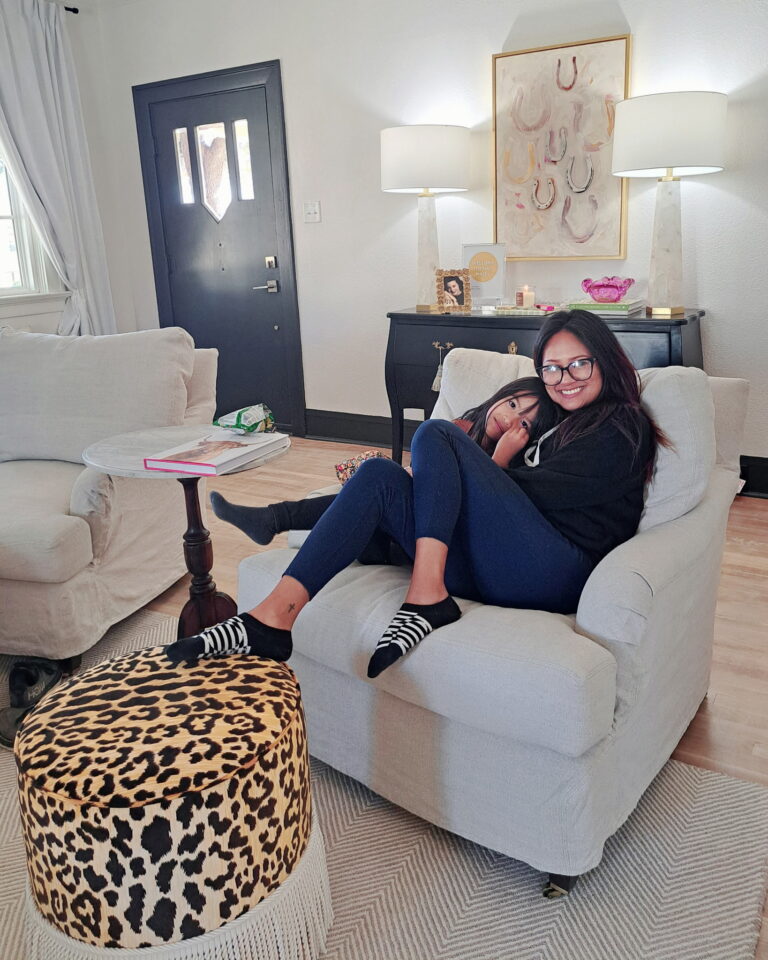Introduction:
As a coach, I work with deeply aware, heart-led women who have done “the work.” They’ve journaled. They’ve reflected. They’ve meditated and breathed and tried to stay calm when their nervous system is on fire.
And yet, when life gets overwhelming, they still find themselves spiraling: snapping at their partner, shutting down in conflict, or spiraling into overthinking after a triggering conversation.
Sound familiar?
If it does, I want you to know this: Emotional regulation is not about suppressing your feelings or being “zen” 24/7. It’s about learning to be with your emotional experience without letting it hijack your presence, your power, or your truth.
Let’s get clear on what emotional regulation actually means—and then let’s explore five common ways we think we’re regulating… but we’re really just avoiding, bypassing, or controlling.
This isn’t about shame. This is about clarity. Because once you see what’s happening, you get your power back.
What Is Emotional Regulation, Really?
Emotional regulation is your ability to respond to your emotions—especially difficult ones—with awareness, choice, and self-leadership.
It doesn’t mean you never get triggered. It doesn’t mean you’re always calm. And it definitely doesn’t mean you smile through pain just to appear composed.
True emotional regulation is a skill rooted in nervous system awareness, emotional intelligence, and embodied presence. It means:
-
You can feel your emotions fully without being consumed by them.
-
You can pause before reacting—and choose how you want to respond.
-
You can stay anchored in your body, even when your mind wants to run.
-
You can move through conflict, grief, and uncertainty with grounded honesty.
Emotional regulation is an act of love, not control. And yet, so many of us were taught to regulate in ways that actually cut us off from our feelings.
So let’s talk about the five most common ways we get it wrong—and how to shift into something more powerful, more human, and more healing.
1. You’re Suppressing, Not Regulating
What This Looks Like:
You tell yourself, “I’m fine,” when you’re not.
You distract yourself from sadness with productivity.
You minimize anger with phrases like “It’s not a big deal.”
You think feeling nothing = handling it well.
Why It Doesn’t Work:
Suppression isn’t regulation—it’s a delay tactic. Your body still holds that energy. Your nervous system still stores the story. And the longer emotions go unprocessed, the more likely they are to leak out sideways through anxiety, resentment, or shutdown.
The Feminine Shift:
Instead of pushing emotions away, give them room to move.
Try this:
-
Place your hand on your body where the emotion feels most alive.
-
Breathe into that space without trying to change it.
-
Whisper gently to yourself: “It’s safe to feel this.”
This isn’t indulgent—it’s intelligent. Emotions are data. Let them speak, and they’ll move through. Resist them, and they’ll stay stuck.
2. You’re Over-Analyzing Instead of Feeling
What This Looks Like:
You overthink your emotions.
You try to “understand” why you’re upset instead of actually feeling the upset.
You intellectualize your experience so you can label and fix it.
You bypass your heart by living in your head.
Why It Doesn’t Work:
Your nervous system doesn’t need a thesis statement—it needs presence.
When you over-analyze your emotional experience, you can actually disconnect from your body and keep yourself stuck in loops of self-judgment.
Trying to solve emotions like a problem often comes from fear:
-
Fear of being overwhelmed.
-
Fear of being messy.
-
Fear of not having it all together.
The Feminine Shift:
Feel first. Understand later.
Try this:
-
When you notice a strong emotion, pause.
-
Ask: “Where do I feel this in my body?”
-
Name the physical sensation (tight, heavy, hot—not the emotion).
-
Breathe and let yourself stay with the sensation for 90 seconds.
You’ll be surprised what shifts when you stop thinking and start feeling.
3. You’re Controlling the External Instead of Soothing the Internal
What This Looks Like:
You try to fix the situation so you can stop feeling uncomfortable.
You over-communicate to resolve conflict instantly.
You obsess about someone else’s behavior instead of tending to your own experience.
Why It Doesn’t Work:
This strategy creates temporary relief, but long-term disconnection.
When you outsource your emotional safety to external conditions, you lose touch with your internal compass.
You teach your body: “I’m only safe when things are controlled.”
But life isn’t always controllable. And neither are people.
The Feminine Shift:
Soothe first. Solve second.
Try this:
-
When you feel the urge to “fix” or “figure out” a situation, pause.
-
Ask: “What’s happening in me that needs attention right now?”
-
Try co-regulation (talk to a safe friend) or self-regulation (movement, breath, grounding).
You can still make clear decisions and set boundaries—but from a place of internal clarity, not external chaos.
4. You’re Avoiding Conflict Instead of Regulating Through It
What This Looks Like:
You shrink your needs to avoid rocking the boat.
You delay difficult conversations.
You walk on eggshells to keep the peace.
You internalize discomfort instead of expressing it.
Why It Doesn’t Work:
Avoiding conflict doesn’t prevent pain—it prolongs it.
Unspoken tension creates resentment. Silencing yourself creates shame.
When you avoid expressing your truth to stay “regulated,” what you’re really doing is disconnecting from your voice.
The Feminine Shift:
Learn to stay regulated while expressing what’s real.
This is one of the most powerful skills you can build.
Try this:
-
Practice saying your truth in a calm, clear tone: “This is uncomfortable to share, but it feels important.”
-
Ground yourself before conversations with breath or movement.
-
Remember: You can speak directly without being destructive.
Your emotional regulation doesn’t mean silence—it means rootedness.
5. You Think Regulation Means Being Calm All the Time
What This Looks Like:
You judge yourself when you feel overwhelmed.
You think “reactive” moments mean you’ve failed.
You chase a constant state of calm as the goal.
Why It Doesn’t Work:
Emotional regulation isn’t about being emotion-less.
It’s about feeling fully and staying rooted in your ability to respond, not react.
Regulated doesn’t always look “calm.”
Sometimes it looks like crying safely.
Sometimes it looks like naming rage.
Sometimes it looks like asking for space or taking a walk mid-conflict.
The Feminine Shift:
Redefine what regulation looks like for you.
Try this:
-
Notice when you equate stillness with success.
-
Give yourself permission to feel fully and visibly.
-
Honor your body’s truth, even if it’s inconvenient or intense.
There is no perfect way to feel. There is only honest presence.
Final Thoughts: Regulation Isn’t Perfection—It’s Connection
Emotional regulation isn’t about avoiding big feelings.
It’s not about always being calm, composed, or nice.
It’s about staying connected to yourself while feeling deeply.
It’s about responding with compassion instead of reacting with fear.
It’s about building enough inner safety to hold your full humanity.
You don’t need to get this perfect. You don’t need to be a monk or a master of self-control.
You just need to keep coming back to your body.
To your breath.
To the part of you that is already whole.
And if you want support in learning how to regulate in a way that actually feels good—real, honest, embodied—I’d be honored to walk beside you.
Because emotional power doesn’t come from being “in control.”
It comes from being in connection.
With yourself.
With your truth.
With your enough-ness.
You’ve got this. And you don’t have to do it alone.
With love and deep presence,
Nicole Macias
Life Coach | Feminine Power Mentor | Emotional Alchemy Guide








